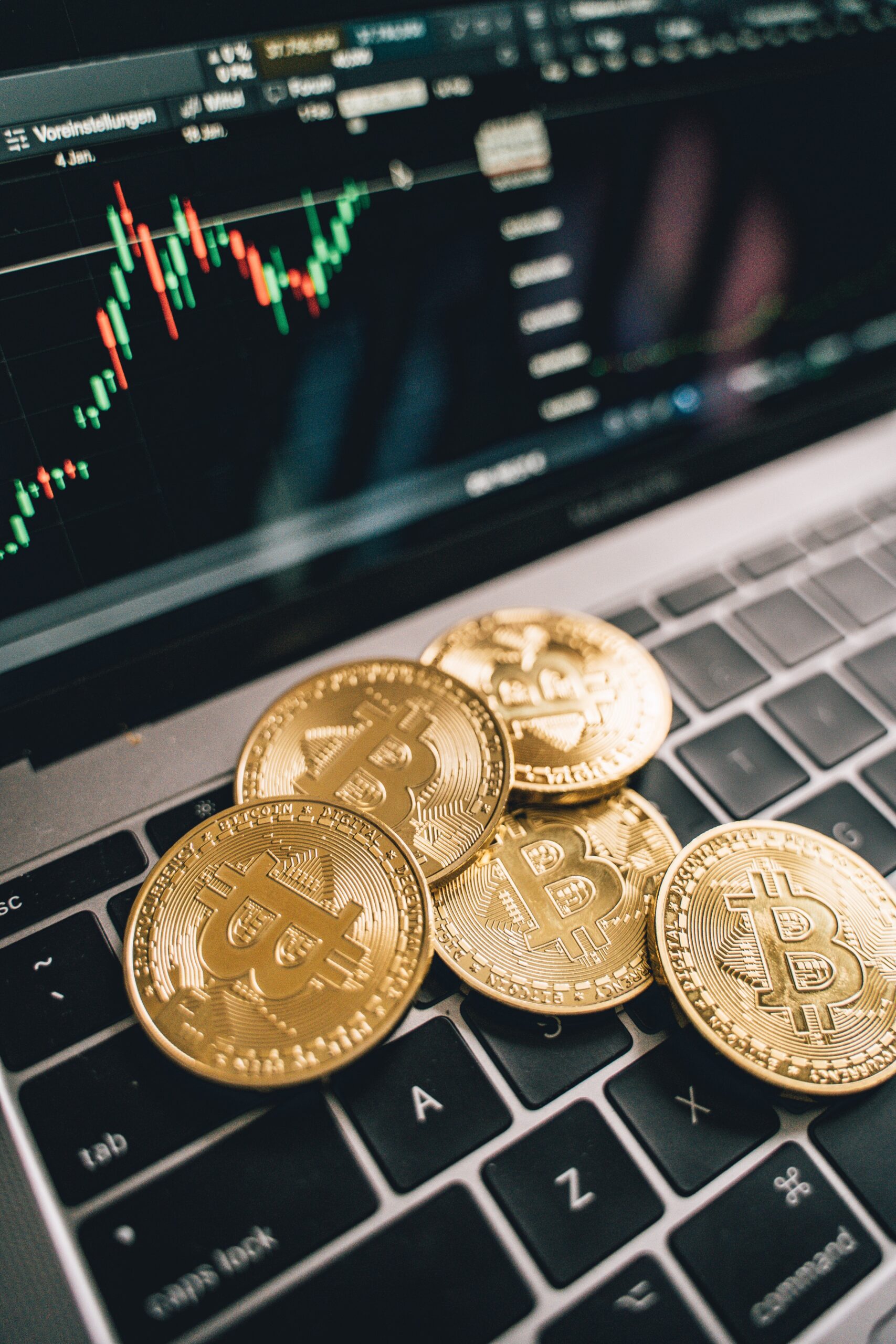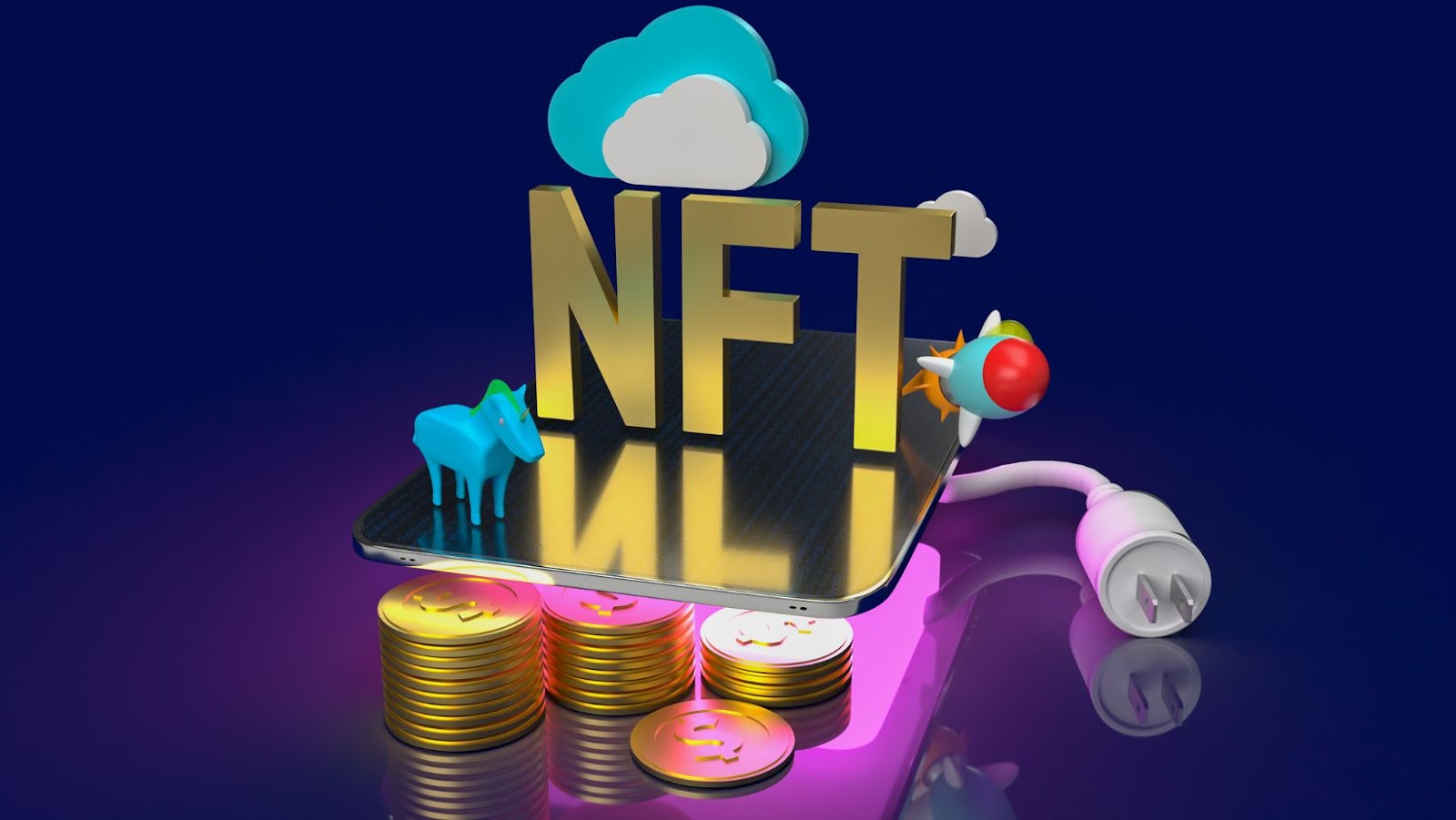
NFTs are everywhere these days; from memes and tacos to art and toilet paper, people have been able to sell unique digital assets for a substantial amount – some for even as much as millions of dollars. And now they’ve even made their way to the gaming industry. If you’ve been following the latest NFT games news, you must have read about prominent creators like Ubisoft turning their attention to NFT games.
But what’s all the hype around NFTs? What are they, and how do they work? Are they worth it? Here’s everything you need to know about them.
Understanding NFTs
NFTs or Non-Fungible Tokens are essential assets representing real-world objects like videos, in-game items, music, and art. They are only bought and sold online, most often with cryptocurrency.
NFTs essentially create digital scarcity. They’re usually one of a kind, or at the very least, they are very limited in number, and each has a unique identifying code.
Even though NFTs have been around since 2014, they’ve just become more popular because they’re an easy way to purchase and sell digital artwork. In 2021 alone, the market for NFTs was worth nearly $41 billion, almost the total value of the global fine art market!
How do NFTs differ from cryptocurrency?
While NFTs and cryptocurrency are made with the same kind of differences, there are stark differences between the two.
Cryptocurrencies like Ethereum or Bitcoin are fungible, which means you can exchange or trade one for another. They also hold equal value, so one Bitcoin is similar to another. This fungibility makes it possible to use these currencies to conduct transactions on the blockchain.
On the contrary, NFTs have a digital signature, making it impossible to exchange one NFT for another. This is why they’re known as non-fungible.

How do NFTs work?
To understand NFTs, you first need to understand blockchain. This is a distributed public ledger that keeps track of all transactions, which also makes cryptocurrencies possible. Typically, NFTs exist on the Ethereum blockchain even though other blockchains support them, too. They can be best understood as a digital form of a collector’s item.
An NFT is created (what people refer to as minted) from digital objects that are either intangible or tangible, like music, virtual avatars, designer sneakers, video game skins, sports videos, collectibles, GIFs, and art. But NFTs aren’t just limited to these items; they can be anything. For instance, Jack Dorsey, co-founder of Twitter, sold the first-ever tweet as an NFT.
Unlike cryptocurrencies, NFTs give owners exclusive ownership rights. So one NFT can only have one owner at a given time, and it’s easy to verify and transfer ownership because of the use of blockchain. Creators can also provide detailed information about the NFT in its metadata. For example, artists can include their signatures.
What are NFTs used for?
NFTs are not used just for collecting and selling artwork. Today, they are used for many things, such as:
- Gaming: Traditional games allow you to buy in-game stuff for fiat money, but that’s the extent of it. Plus, the developers are the owners of all these items. With the incorporation of NFTs in gaming, users can own whatever they buy in-game, and they can sell these items once they’re done with the game. This way, they get more out of their investment.
- Digital content: Many content creators have started to acquire ownership of the content they create as NFTs, which has helped them significantly increase their profit.
- Domain names: With NFTs, you can give your domain a name that’s very easy to remember. So it’s essentially a website domain name with an IP address that’s not only valuable but also memorable.
- Collaterals and investment: Decentralized Finance or Defi and NFTs have the same infrastructure. With Defi apps, you can borrow money using collateral. However, NFTs have also changed this; it is now possible to use an NFT as collateral.
How can you buy NFTs?
Before you can go ahead and purchase your first NFT, there are a few things you need to do first.
Before anything else, you need a digital wallet to store your cryptocurrency and NFT. Then depending on the currency your NFT provider accepts, you need to purchase some cryptocurrency. In most cases, this will be Ether, and you can buy it from platforms like PayPal, Kraken, OpenSea, and Coinbase.
Finally, you can transfer the cryptocurrency to your wallet. Keep in mind that most exchanges charge a transaction. Once you have your wallet, you can move on to buying an NFT. Some of the biggest NFT marketplaces today are:
- OpenSea: This marketplace is famous for its vast collection of rare collectibles and digital items. Make an account on the platform and explore thousands of artists and NFT collections.
- Raible: This democratic marketplace allows creators and artists to sell NFTs. Holders on this platform have a significant say on community rules and fees.
- Foundation: To be able to post art on this platform, artists must get an invitation from fellow creators. This exclusivity means that the platform has higher-caliber artwork.

Are NFTs worth buying?
We can’t deny that NFTs are risky, mainly because they’re still relatively new, making it hard to judge how they’ll do in the long run. However, if you want to try them out, you can start by investing a small amount.
However, the value of NFT depends on what someone else is ready to pay for it. So, instead of economic or technical indicators like stocks, the demand will drive the price of NFTs. This means that you might end up reselling an NFT for less than what you paid for it, or you might not be able to sell it at all.
The safest thing to do is treat an NFT as an investment. Make sure you do thorough research and understand the benefits and risks before putting in your hard-earned money.







